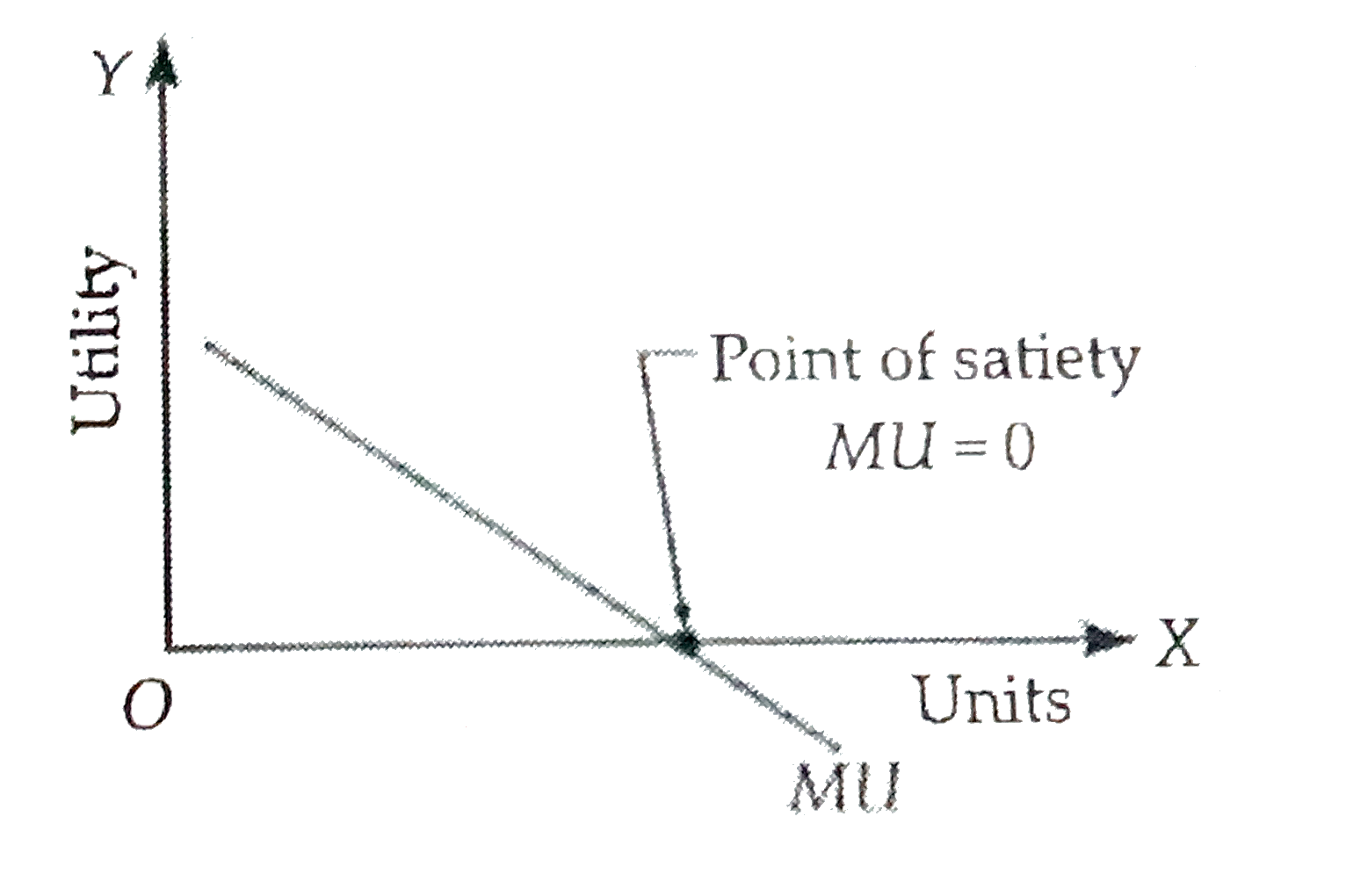Saved Bookmarks
| 1. |
(i)Determine the quantity of apples a consumer would buy at a given price in the market. Use cardinal utility analysis (ii) What quantity of apples would he consume if apples are available free of cost? |
|
Answer» (ii)In case of apples are available FREE of cost, the consumer will stop consumption at the point of satiety i.e, when MU=0. It is because as per the CONDITION of consumer equilibrium `MU_("apples")=Price_("apples")`=zero 
|
|
Discussion
No Comment Found
Related InterviewSolutions
- Assumption of ordinal apporch
- Critical appraisal of methods of collection of data
- Different between microeconomics and macroeconomics
- What happense when ic slops downwards
- Implications of perfect competition in forms of market
- If price of mango rises demand will ?
- What is statistical table? Explain briefly tha main characteristics of a good statistical table.
- What is production possibility curve
- Explain any three factor which affect the supply of a commodity
- What do you understand by the increasing returns to scale